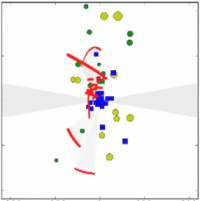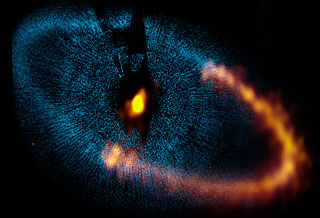Europe has decided to build a probe, dubbed JUICE, to study Ganymede, Callisto and Europa, Jupiter’s big icy moons.
Europe has decided to build a probe to study Ganymede, Callisto and Europa, Jupiter’s big icy moons.
Known as JUICE, the Jupiter Icy Moons Explorer, the probe will enter orbit around the gas giant planet in 2030 for a series of flybys of Ganymede, Callisto and Europa. JUICE will brake into orbit around Ganymede, Jupiter’s largest moon, in 2032 for at least one year of close-up research.
Europe has decided to build a probe to study Ganymede, Callisto and Europa, Jupiter’s big icy moons.
Known as JUICE, the Jupiter Icy Moons Explorer, the probe will enter orbit around the gas giant planet in 2030 for a series of flybys of Ganymede, Callisto and Europa. JUICE will brake into orbit around Ganymede, Jupiter’s largest moon, in 2032 for at least one year of close-up research.


